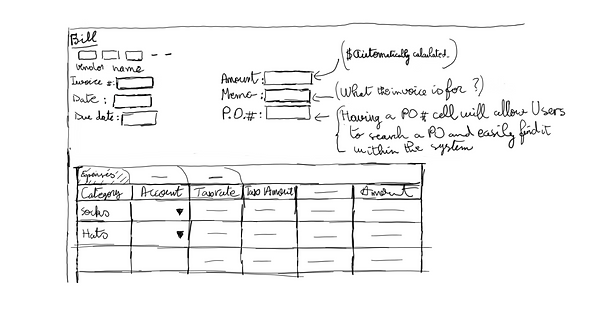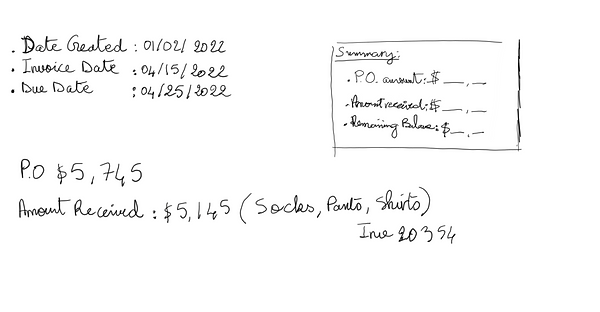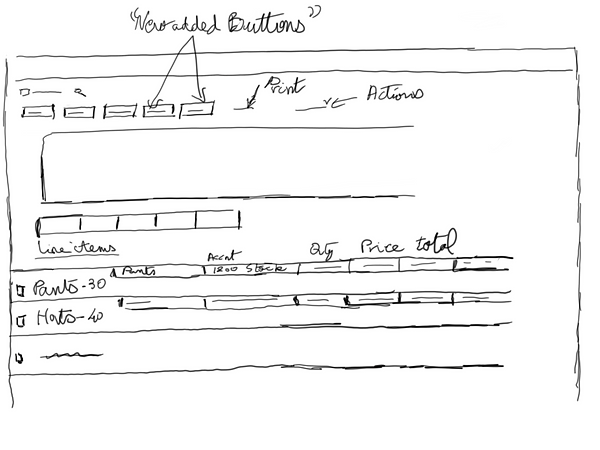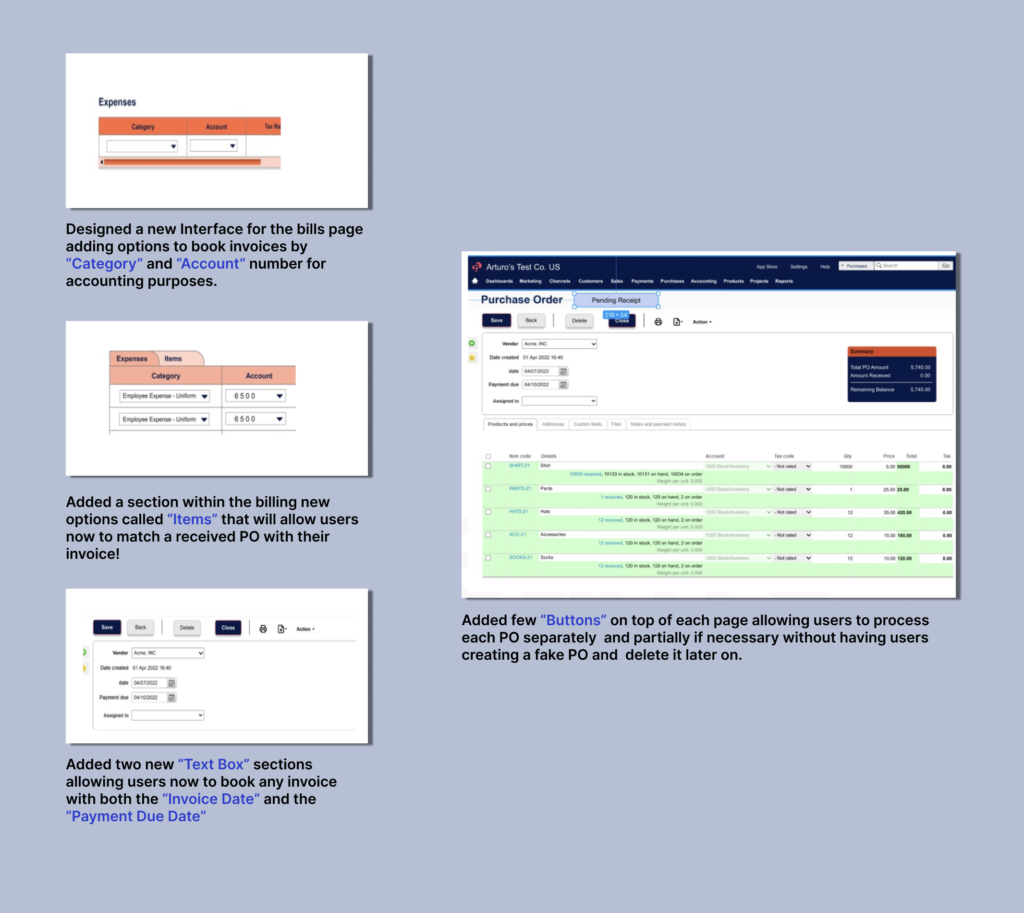BrightPearl
Redesign a SaaS for Desktop
My Role
- Lead UX Researcher
- UI Designer Support
Timeline + Deliverables
- 4 weeks
- Marketing Research
- 2 Persona
- New Workflow
- Iterations on Design
Key Methods
- Stake holders' Interviews
- User Interviews
- Comparative Competitive Analysis
- SWOT Analysis
- Persona
- Problem Statement
- New Workflows
- Usability Testing
- Hi-Fi Prototype
Problem
We were originally hired to enhance the user interface of the filters option section on some pages with big data. However, we soon discovered that we had a more important problem to solve. The accounting process from purchase to payment is complex and makes the lives of accountants difficult.
Solution
Overview
Key Metrics
- Cost per invoice: Invoice processing costs range from $1 to $21, with an average of $10.89 in 2021.
- Invoice cycle time: The average time to pay an invoice is 11.4 days in 2021, but best-in-class performers can do it in 3.9 days.
- ERP implementation failure rate: Half of ERP projects fail to meet their goals, exceed their budget, or take too long, and only 17%.
- Utility costs: Cloud-based ERP solutions can cut IT costs by 46%, including utility costs, and also save on hardware and software costs.
Research
What they thaught:
What we found:
Through these interviews, we discovered that the real problem was not just the user interface. We then used our insights to design a better solution that met both the stakeholder and customer needs.
SWOT Analysis
Synthesis
Understanding Users
We wanted to understand the daily challenges of our users, so we asked them to share their experiences with us. We learned that they had different priorities than our stakeholders. They cared more about the workflow and efficiency of the accounting process than the aesthetics of the interface. They revealed three main pain points that made their work frustrating and time-consuming:
- They had to create a fake PO to record a partially received purchase order, which was confusing and tedious.
- They had no option to enter an invoice date to track the due date or make adjustments. They had to keep all recent invoices and physically look for them if they needed to double-check.
- They had to process payments for multiple invoices individually, which was stressful and inefficient.
We realized that these issues were more urgent to address than improving the UI of the filter options.
Implementation
Design
Sketching



Design
Sketching



Mid-Fi Wireframes

Solution
-
- A “Receive Partially” button that allowed users to record a partially received purchase order without creating a fake PO.
-
- An option to enter an invoice date and payment due date to track the payment status and avoid late fees. Additionally, a purchase order spot that linked the invoice to the PO for easy reference.
-
- An export/import option that enabled users to export their data as an excel spreadsheet and filter it by various criteria. They could also import the data back and update it automatically. They could then simply click pay to process the payment.
- A “Receive Partially” button allowed users to record a partially received purchase order without creating a fake PO.
- An option to enter an invoice date and payment due date to track the payment status and avoid late fees. Additionally, a purchase order spot that linked the invoice to the PO for easy reference.
- An export/import option that enabled users to export their data as an excel spreadsheet and filter it by various criteria. They could also import the data back and update it automatically. They could then simply click pay to process the payment.
Iteration


High-Fidelity Prototype
Impact
For any Mid-Size Company:
- Save 50 hrs. - 80 hrs of working hours weekly.
- Reduce substancially weekly Overhead Cost by cutting unnecessary Temp positions hired to just complete workaround tasks
- Increase Employees pay rate especially for those that have a shared equity benefit agreement
- Reduce monthly expenses by approximately $70,000
- They would be able to pay invoices on time. Maintain excellent relationships with suppliers
- Able to take advantage of discounts and rebates on items paid within the terms agreed upon
- Avoid Fees and Service Interruptions
Next Steps
- Enhance other workflows such as the Prepayment, Account Reconciliations …etc To further improve the user experience and substantially reduce the overhead cost.
- Enhance more of the UI aspect of the platform to increase Sales and bring in Cash Flow.
- Reduce the spacing on the financial statements to improve Executives' and higher stakeholders' experience.
- Add the collapse options on the financial statement page to expand accounts in detail only when needed so it does not look overwhelming.
- Add more features to the filters
- Make the columns scroll left and right on the General Ledger
